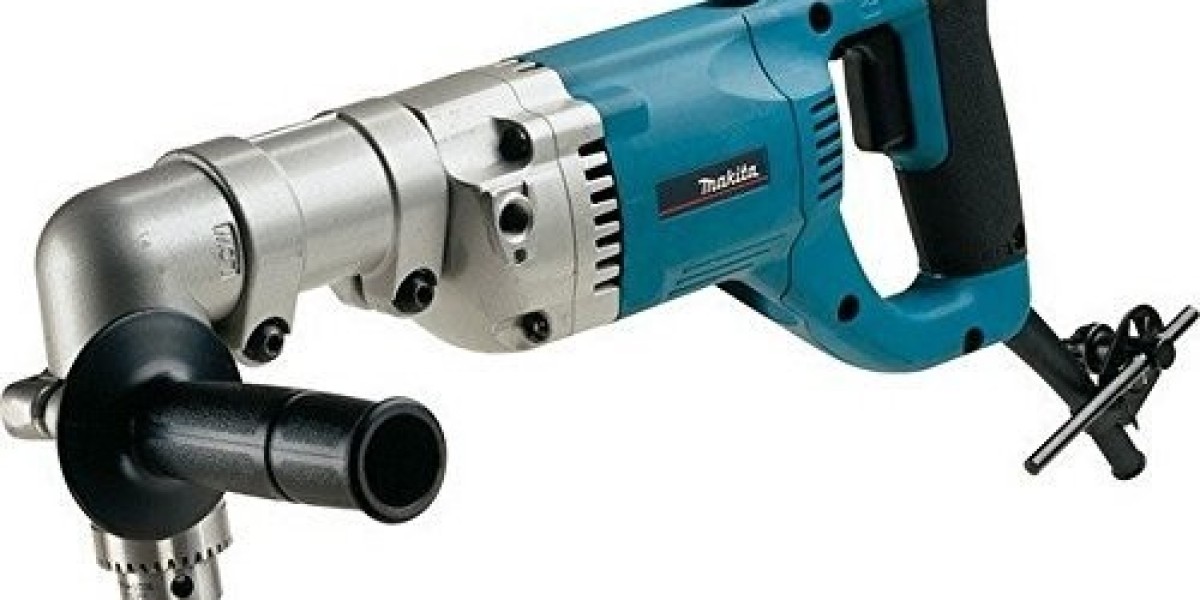The high power microwave (HPM) directed energy weapon (DEW) market is poised for significant growth over the next decade. As technological advancements continue to drive military and defense innovation, HPM weapons are emerging as an increasingly viable alternative to traditional kinetic weapons, providing a cost-effective, non-lethal solution for a wide range of security challenges. High power microwave directed energy weapons, which use concentrated microwave energy to disable or destroy targets, are gaining traction for their potential in defense, counterterrorism, and cybersecurity applications. By 2034, HPM DEWs are expected to be an integral part of modern military arsenals, with both offensive and defensive capabilities.
What Are High Power Microwave Directed Energy Weapons?
High power microwave directed energy weapons (HPM DEWs) utilize focused microwave energy to disrupt or destroy electronic systems, including radar, communication systems, and sensors. The key advantage of HPM DEWs is that they can incapacitate or damage a target without the need for traditional projectiles or explosive devices, offering a more controlled and precise form of engagement. These weapons generate high-intensity microwave pulses that can penetrate the electronic circuitry of enemy systems, rendering them inoperable or disabled.
Unlike traditional kinetic weapons, HPM DEWs are considered to be more cost-effective in the long run. They don’t require expensive ammunition, and once developed, the cost per shot is significantly lower compared to conventional weapons. Additionally, HPM weapons can be recharged and reused, making them a more sustainable option for modern warfare.
Military and Defense Applications
The primary driver for the HPM directed energy weapon market is the growing demand for advanced defense systems. As modern warfare evolves, defense forces are increasingly focused on developing non-kinetic weaponry that can neutralize threats without causing collateral damage. HPM DEWs offer a promising solution to this challenge, providing a way to incapacitate enemy systems—such as drones, missiles, and surveillance equipment—without risking civilian casualties or causing extensive physical damage.
One of the key areas where HPM DEWs are expected to have a significant impact is in counter-UAV (unmanned aerial vehicle) systems. Drones have become a significant security threat in both military and civilian contexts. Their ability to carry out surveillance or launch attacks makes them highly dangerous. HPM DEWs can effectively disable or destroy the electronics of hostile drones, neutralizing the threat with minimal collateral damage.
Furthermore, HPM DEWs offer an innovative way to defend against missile threats. Their ability to disable the electronic components of incoming missiles makes them an effective countermeasure against ballistic missiles or cruise missiles. As global missile defense systems become more sophisticated, HPM DEWs are anticipated to play an increasingly vital role in the defense industry.
Request For Free Sample Report:
https://www.marketresearchfuture.com/sample_request/31501
Cybersecurity and Electronic Warfare
Another significant driver for the HPM directed energy weapon market is the rise of cybersecurity threats and electronic warfare. As military operations and critical infrastructure become more dependent on electronics and digital networks, the vulnerability of these systems to electronic attacks increases. HPM DEWs can be used as a countermeasure against cyberattacks or hostile electronic interference by targeting and disabling enemy electronics.
In situations of hybrid warfare, where cyber and electronic attacks are used alongside conventional military operations, HPM DEWs provide a non-kinetic option to neutralize adversaries’ capabilities. These weapons can disrupt communications, disable radar systems, and shut down enemy command-and-control centers, providing a strategic advantage without the need for conventional combat.
Technological Advancements and Innovation
Advancements in HPM DEW technology are expected to play a crucial role in the growth of the market. Developments in energy sources, miniaturization of systems, and increased precision are making HPM weapons more effective, portable, and cost-efficient. The ability to generate higher power microwave pulses with greater accuracy is improving the overall performance of these weapons.
In addition, ongoing research into solid-state microwave sources and advanced cooling techniques is expected to enhance the operational effectiveness of HPM DEWs. As these technologies mature, HPM systems will become more compact, powerful, and reliable, making them viable options for both large-scale military operations and smaller, tactical engagements.
Challenges and Regulatory Considerations
While the potential for HPM DEWs is vast, there are several challenges that need to be addressed for widespread adoption. One key concern is the potential for collateral damage, particularly in civilian areas. Although HPM DEWs are non-lethal, they can still cause significant disruption to critical infrastructure, including power grids, communications networks, and transportation systems. As such, regulatory bodies and military leaders will need to develop strategies for the responsible use of HPM weapons.
Additionally, the potential for countermeasures against HPM DEWs is an ongoing concern. As technology advances, adversaries may develop their own HPM systems or other defensive capabilities to counteract directed energy weapons. This arms race between offensive and defensive technologies will likely shape the future of the HPM DEW market, as both sides seek to gain technological superiority.
Market Outlook and Growth Drivers
The high power microwave directed energy weapon market is expected to see substantial growth between 2025 and 2034, driven by several factors:
- Increasing demand for non-kinetic, precision weapons in military operations
- Advancements in energy sources and solid-state microwave technologies
- Growing need for defense against unmanned aerial vehicles (UAVs), missiles, and cyber threats
- Rising investments in electronic warfare capabilities, especially in defense and cybersecurity sectors
As countries continue to invest in next-generation defense technologies, the adoption of HPM DEWs will become more widespread. These weapons’ ability to deliver high-precision, low-cost, and reusable strike options will drive both military and defense sectors to incorporate them into their arsenals, expanding their use beyond traditional warfare.








